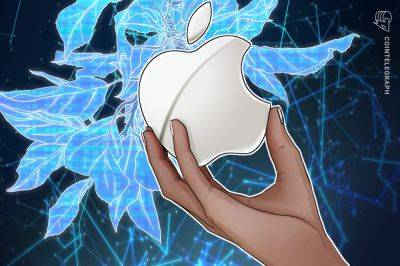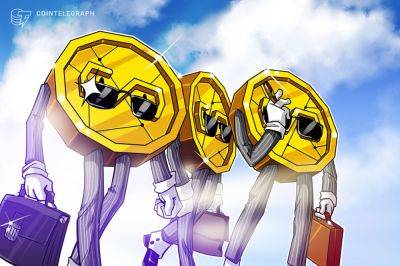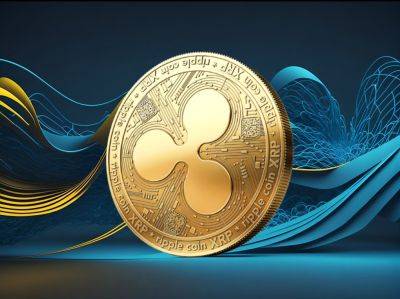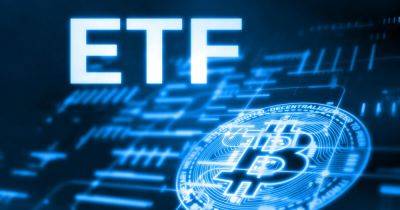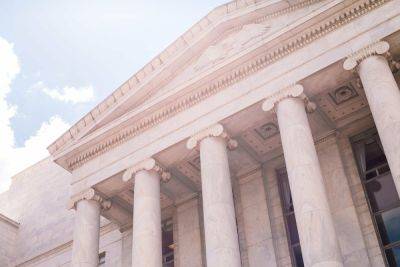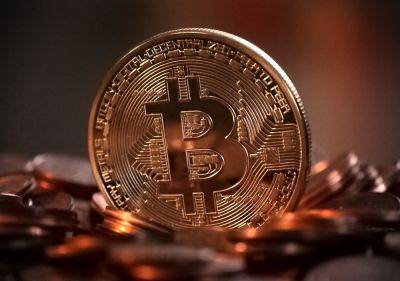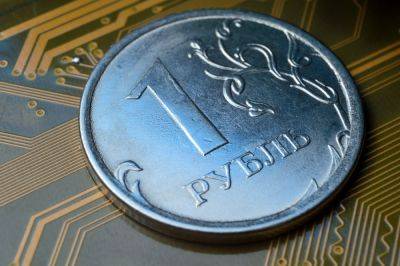What is Real World Assets (RWA)?
1. Introduction
Real World Assets (RWA) are those that possess inherent value, are tangible or physical in nature, and reside in the physical world. The spectrum of RWA is broad and includes everything from tangible items like real estate properties, wine, commodities, artwork, and vehicles, to contractual or legal rights such as patents and copyrights. These assets often constitute the foundation of financial portfolios in various investment contexts. They function as loan collateral and serve as primary investment targets for both institutional funds and individual investors.
2. Classification of Real World Assets
Tangible Assets
These are physical assets that have a real, intrinsic value due to their substance and properties. Examples include real estate, machinery, commodities (like gold and oil), vehicles, and physical works of art.
Intangible Assets
These are non-physical assets that have value based on contractual or legal rights. They often involve some form of intellectual property. Examples include patents, copyrights, brand names, and trademarks.
3. Applications of Real World Assets
Traditional Investing
RWA play an integral part in traditional investing strategies. For many investors and investment funds, RWAs such as real estate, commodities, or artwork provide a way to diversify portfolios beyond traditional stocks and bonds. For instance, real estate properties can provide steady income through rent, commodities can serve as a hedge against inflation, and artworks can appreciate in value over time.
Collateralization
In the realm of lending, Real World Assets (RWA) frequently act as guarantees to bolster loans. When a Real World Asset (RWA) secures a loan, it decreases the possible
Read more on blockchain.news


